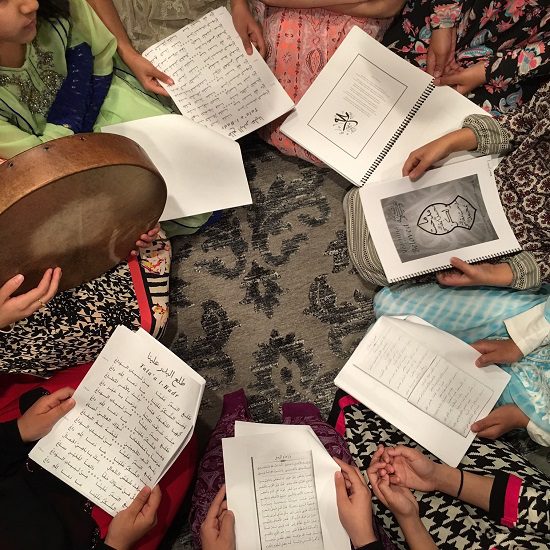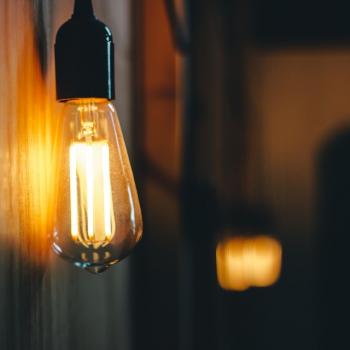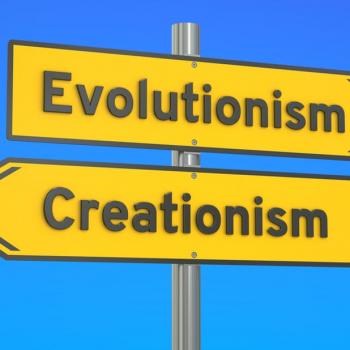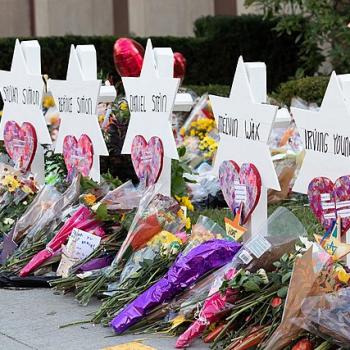 |
|
Now comes the hard part
|
About six months ago, I became an American citizen. They gave me a nifty handbook called “The Citizen’s Almanac: Fundamental Documents, Symbols, and Anthems of the United States,” replete with quotes: Franklin Roosevelt, James Madison, Woodrow Wilson, Supreme Court decisions, Reagan’s speech at the Brandenburg (“Mr. Gorbachev, tear down this wall!”) and so many others from the colorful cast that comprises American history. In the naturalization ceremony, each of us was asked to name our “country of origin” at the microphone; it was an inspiring display, as intended, and I even felt rather bland with my Canadian roots – as though somehow I barely made the diversity cut-off. The room felt full of good will, and there was the real sense that we were all being welcomed to partake in the rich tradition of “liberty and justice for all” unique to the best country in the world; the little American flags handed to us as keepsakes signaled that we no longer had to prove ourselves.
According to Ross Douthat’s recent article at the New York Times, we might be proving ourselves for a while yet, because my experience was only representative of one America. There is another, you see. It’s the same one that led to Arizona’s SB 1070, the same one that has right-wing politicians talking about “anchor babies” and rabble-rousing over Park51. In the first America, “it doesn’t matter what language you speak, what god you worship, or how deep your New World roots run,” and “allegiance to the Constitution trumps ethnic differences, language barriers and religious divides.” This second America, however, “speaks English, not Spanish or Chinese or Arabic. It looks back to a particular religious heritage: Protestantism originally, and then a Judeo-Christian consensus that accommodated Jews and Catholics as well. It draws its social norms from the mores of the Anglo-Saxon diaspora — and it expects new arrivals to assimilate themselves to these norms, and quickly.”
On the whole, Douthat’s piece already contains some factual glossing, not least of which is considering Jews and Catholics – who became an accepted part of the American fabric only in the last 60 years – part of the “religious heritage” of the nation. Then, too, there is his insistence that assimilation is essential to the “unum” derived from the “pluribus” – though if the “unum” is the goal, from where do these two Americas come, and why are they referenced like longstanding faces of the same coin?
Neither of these, nor the other discrepancies, particularly matters compared to the larger argument: that discrimination is, in large part, the modus operandi of this country, and that it’s just the Muslims’ turn to weather the storm for the greater good. Douthat suggests that this discrimination, later euphemized as “steady pressure to conform to American norms, exerted through fair means and foul,” has been a positive social force in the goal for a united American identity. His examples of Catholic and Mormon integration are specious at best, but they’re troublingly touted as success stories because they allegedly resulted in the Judeo-Christian norm that exists today. Douthat, it seems, has already decided which America is the better to turn to in times of national identity crisis.
He forgets, though, that these “two Americas,” as he calls them, are in diametric opposition to each other. In selecting one, we don’t simply take it on a first date; we set a serious precedent by indicating to ourselves and the world the value system to which we turn when our two most reasonable are in competition. And because the two do not agree, we actively choose, every day, which America we want to be.
Moving beyond tribal responses to the assertion of cultural difference, Douthat sets a dangerously unjust standard for Muslims: Do not simply apologize for the misinformation of those Americans who believe Islam’s values to be inherently different from their own; prove it. Since 2001, in fact, the consistent refrain has placed with Muslim-Americans the responsibility to disassociate themselves from the acts of their fringe international counterparts. Never mind that Muslims have been Americans since the very inception of the term, or that the general media environment seems to fear boatloads of Muslim immigrants at Ellis Island, clamoring to throw up their minarets, their eyes furtively darting around in a sea of black fabric. No indeed, there needs to be some greater pageantry, some indication that Muslims are not merely models of moderation by a global standard, but – and here it gets good – by an “American standard.”
When Douthat talks about this American standard, I’m not sure to which he’s referring: the American standard of freedom of religion, the fundamental right to which we thought ourselves entitled in this nation? Or the new American standard, wherein Imam Rauf’s foreign policy beliefs – completely acceptable when stated by Glenn Beck (or President Obama, or about half of America) – become the method by which to deny him his rights?
Even if we accepted the author’s premise that assimilation is the key, Park51 is the epitome of “assimilationist” Islam. William Dalrymple wrote a piece to that effect in the Times, wherein he pointed out that Imam Rauf is in fact Sufi – that token progressive, mystical sect of Islam. I’m hard-pressed to believe that Islam can be much more moderate than to devote a floor or two out of thirteen to a mosque, where the rest will truly attempt to give back to the lower Manhattan religious community at large. Added to the recent study concluding that contemporary mosques deter radicalism, Park51 as a project could not really have expressed moderation any better (though there are steps that can be taken to mitigate the fall-out).
It is a serious exercise in the national psyche to collectively reflect on the weaknesses of past policy and history. But that’s the job of the first America: to critically examine whether this country lives up to the virtues it extols. And where is this first America, when we need it? Does it exist, if we can’t call on it? And can we wield it as our identity, lace our rhetoric with it, embolden our troops with it, if we cannot preserve it at home? Douthat claims that this second, “cultural” America, believes itself to be more than “just a set of political propositions.” But those political propositions, rendered so feeble in the face of this contention, are in some part the reasons for which the names of 36 countries were called on the day I was granted my American citizenship.
Woodrow Wilson once said that “[America] is the only country in the world which experiences this constant and repeated rebirth. Other countries depend on the multiplication of their own native people. This country is constantly drinking strength of new sources by the voluntary association with it of great bodies of strong men and forward-looking women out of other lands.”
It’s time, perhaps, for Ross Douthat—and anyone else who advocates his position – to skim the pages of that citizen’s almanac given to newly naturalized Americans. He might then realize that like every country with competing interests, America is at yet another critical juncture in its national narrative. And while that second America may try to preserve a unique and important culture, it is only the first America which enabled its creation.
(Photo: Greg Westfall)
Sara Haji is a freelance writer and a recent journalism graduate from the University of Texas at Austin. You can follow her on Twitter at saraserenahaji.











